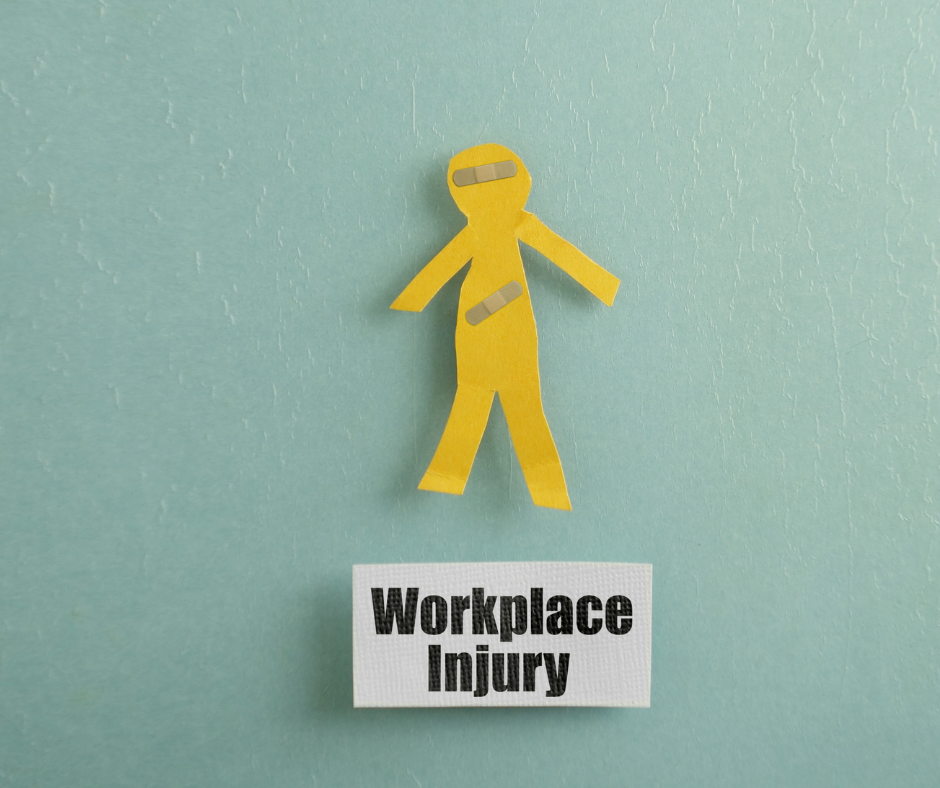 Consistently achieving and maintaining a high level of Health and Safety is rarely accomplished through quick fix and infrequent interventions, instead a sustained and systematic approach is recommended by the HSE. For this reason, the Plan, Do, Check, Act structure has been adopted into company culture by business all over the UK. This initiative installs an effective management system, reduces common workplace hazards, and installs a positive work atmosphere for both employee and employer among many other benefits.
Consistently achieving and maintaining a high level of Health and Safety is rarely accomplished through quick fix and infrequent interventions, instead a sustained and systematic approach is recommended by the HSE. For this reason, the Plan, Do, Check, Act structure has been adopted into company culture by business all over the UK. This initiative installs an effective management system, reduces common workplace hazards, and installs a positive work atmosphere for both employee and employer among many other benefits.
This method involves the following steps:
Plan – Determine policies
To foster a healthy work environment, you must first identify potential future hazards (e.g., working at a height, hot works, lone working, etc) and then work on how to control/eliminate these risks. The HSE outlines actions that work towards minimising future hazards, some of which include creating statement of intentions, lists of clear roles and responsibilities for individuals, method statements, etc.
Do – Record potential risks
After perceiving potential risks, the next course of action is to work on how to eliminate/control them. This includes completing and implementing thorough risk assessments, filling any gaps in staff training, and communicating thoroughly any changes made in company structure/routine to all employees.
Check – Measure performance
To ensure that all measures are working and are producing positive changes it is crucial to conduct frequent audits/reviews and closely monitor and record any accidents/near misses.
Act – Change accordingly
The Plan, Do, Check, Act model is a constant learning curve and business development routine, however this is only the case if management remember to act on their findings and are willing to develop their understanding of safety culture.
How Plan Do Check Act can help businesses
 As of 2022 there are 1.7 million work related minor injuries reported, the majority of which come from work related stress and anxiety (over 820,000 incidences). The Plan, Do, Check, Act initiative would be a great solution in remedying most of these cases. Not only has the HSE reported that companies with transparent and proactive Health and Safety styles obtain higher levels of employee productivity and job satisfaction, but these companies are also a significantly less likely of experiencing a workplace related injury.
As of 2022 there are 1.7 million work related minor injuries reported, the majority of which come from work related stress and anxiety (over 820,000 incidences). The Plan, Do, Check, Act initiative would be a great solution in remedying most of these cases. Not only has the HSE reported that companies with transparent and proactive Health and Safety styles obtain higher levels of employee productivity and job satisfaction, but these companies are also a significantly less likely of experiencing a workplace related injury.
For example, in the case of lone working, a well-managed company would PLAN the risks that face their lone workers (e.g., abuse from the public), DO something about those risks (training on hostile public interactions), CHECK that their procedures are working (employee approval) and ACT on any slacking areas.
In conclusion the Plan, Do, Check, Act mindset is not only an efficient solution to a broad spectrum of work-related issues, but it can also be a tool in evolving a company and readjusting its goals to achieve greater progress. It is for these reasons that WA Management put the PDCAs model at the heart of its business practices.
Need help implementing these processes in your business? Get in touch to learn more or build a bespoke Health and Safety package that is right for you.
Written by Georgia Lonie, SHEQ Trainee at WA Management.

Planning is a vital part of ensuring your business runs smoothly, so don’t miss out on our limited-time online training offer – save 10% on our Time Management, General Data Protection Regulations (GDPR), and Risk Assessment training courses until the end of November with the code ‘planning10’!
Read more Consultant’s blogs here.
To keep up to date with the latest health & safety news and advice, follow us on social media:
